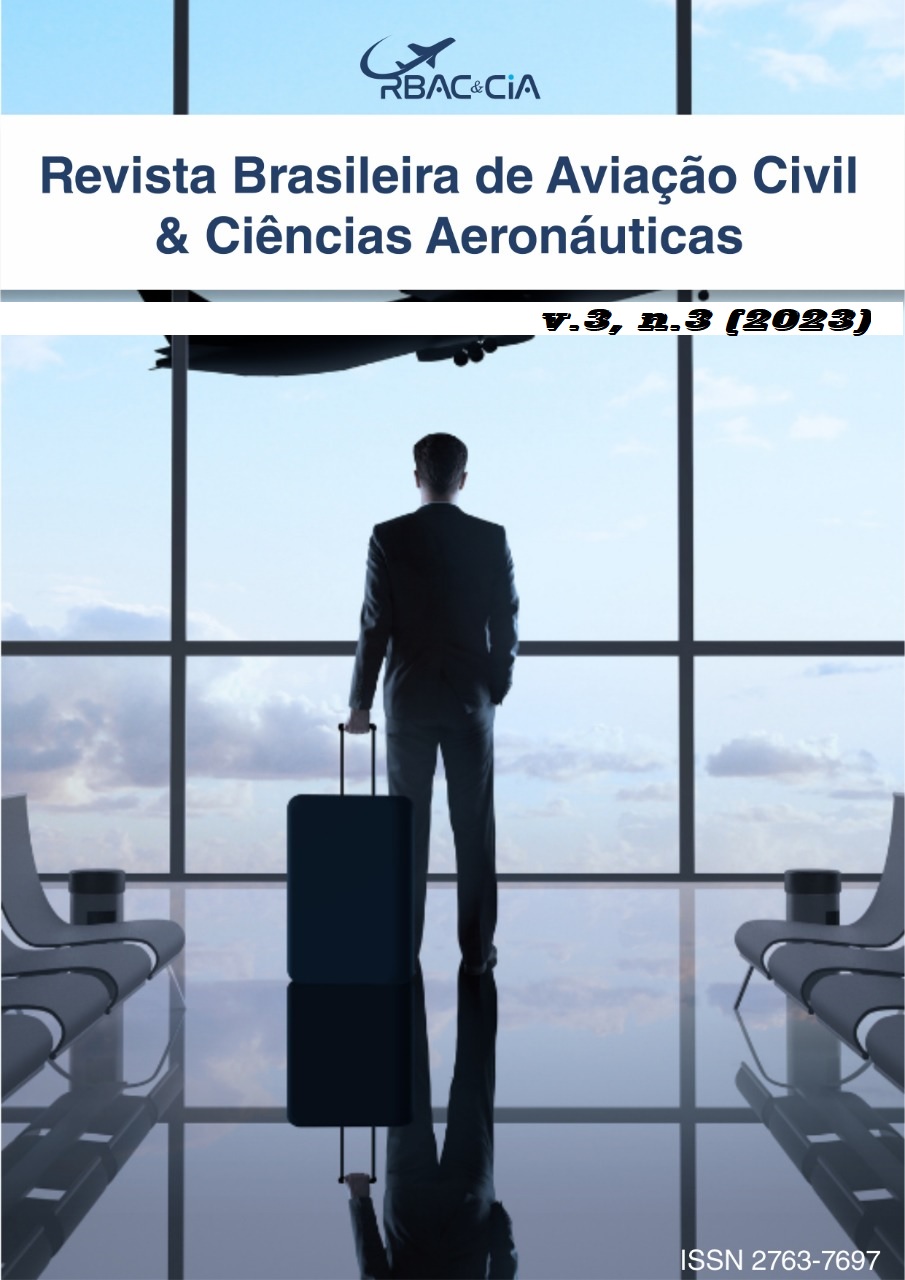IMPLEMENTAÇÃO DE AERONAVES REMOTAMENTE PILOTADAS NA AGRICULTURA: UMA REVISÃO BIBLIOGRÁFICA IMPLEMENTATION OF REMOTELY PILOTED AIRCRAFT IN AGRICULTURE: A LITERATURE REVIEW
Conteúdo do artigo principal
Resumo
Atualmente, as aeronaves remotamente pilotadas (RPA) estão ganhando popularidade como parte integrante da agricultura de precisão e garantindo a sustentabilidade agrícola. O setor agrícola é demandado por estratégias que atendam a alta demanda de produção. Diante da importância do acompanhamento da evolução da agricultura, torna-se importante discutir estratégias inovadoras que atendam as atuais demandas dessa área. Portanto, o objetivo geral do presente trabalho foi demonstrar os benefícios da inserção de RPA nos diversos setores da agricultura, e comparar a eficácia dessas aeronaves com as utilizadas tradicionalmente. Observou-se que o uso de RPAs em diversos setores agrícolas trazem benefícios que vão além da produção, como a diminuição do impacto ambiental e redução do risco de saúde, evitando contato físico com o agrotóxico. Porém, diversos são os fatores que impedem a utilização desse equipamento em grande escala, uma vez que se tem um limite de carga, altura e baixo tempo de voo, o que não seria interessante para grandes áreas agrícolas. O aspecto financeiro também deve ser considerado, visto que essa nova tecnologia demanda grandes investimentos. Portanto, ainda existem fatores que levam a acreditar que as aeronaves agrícolas tradicionais podem atender com melhor precisão a demanda de pulverização de áreas de maior abrangência. Nesse sentido, a substituição de dessas aeronaves por RPAs ainda não é uma realidade para todos os campos e critérios.
ABSTRACT
Currently, remotely piloted aircraft (RPA) are gaining popularity as an integral part of precision agriculture and ensuring agricultural sustainability. The agricultural sector is demanded by strategies that meet the high production demand. Given the importance of monitoring the evolution of agriculture, it is important to discuss innovative strategies that meet the current demands of this area. Therefore, the general objective of the present work was to demonstrate the benefits of inserting RPA in the various sectors of agriculture, and to compare the effectiveness of these aircraft with those traditionally used. It was observed that the use of RPAs in various agricultural sectors brings benefits that go beyond production, such as reducing the environmental impact and reducing the health risk, avoiding physical contact with the pesticide. However, there are several factors that prevent the use of this equipment on a large scale, since it has a load limit, height and low flight time, which would not be interesting for large agricultural areas. The financial aspect must also be considered, since this new technology demands large investments. Therefore, there are still factors that lead to believe that traditional agricultural aircraft can better meet the demand for spraying larger areas. In this sense, the replacement of these aircraft by RPAs is not yet a reality for all fields and criteria.
Downloads
Detalhes do artigo

Este trabalho está licenciado sob uma licença Creative Commons Attribution 4.0 International License.
